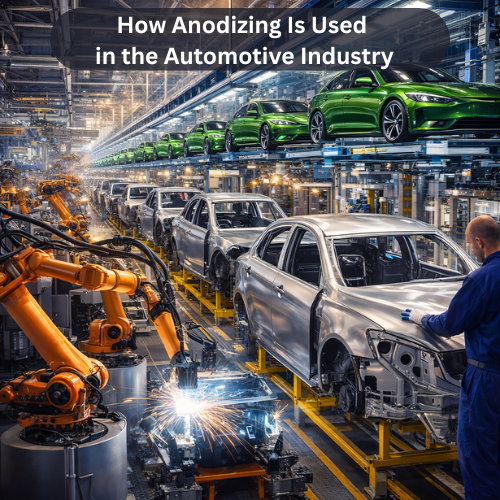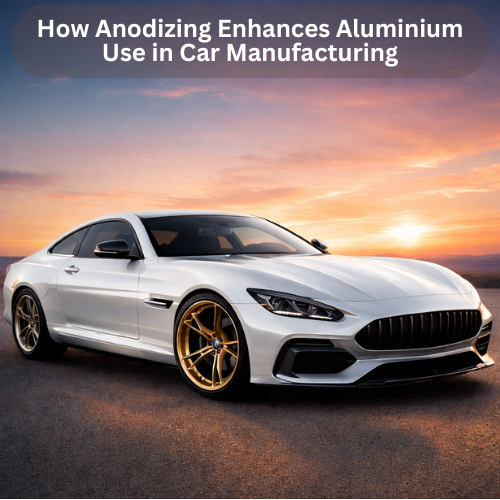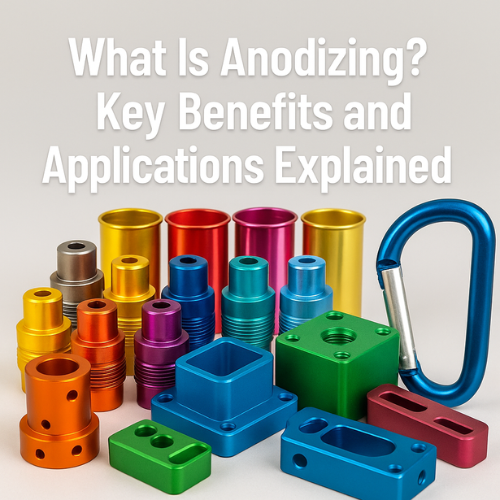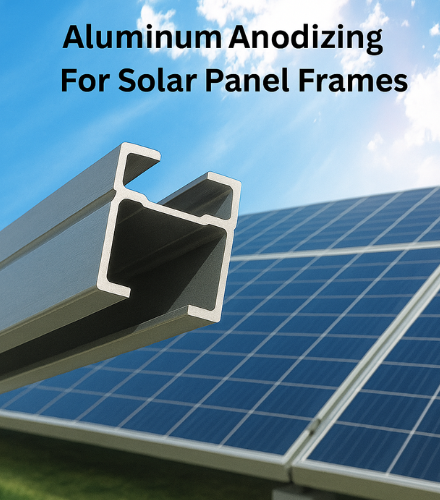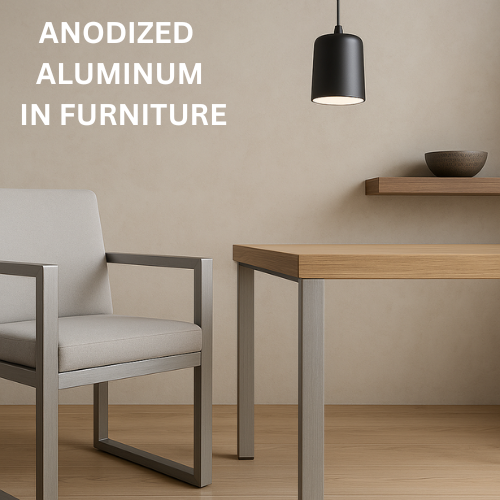The automotive industry is undergoing a major material transformation driven by stricter emission norms, electrification, light weight requirements, and long-term durability expectations. Among surface engineering technologies, anodizing of aluminium has
Continue reading